
What Will You Learn in Driver’s Ed? Prep Yourself with This Online Study Guide
If you want to get your driver’s license, Driver’s Ed stands between you and the open road. In
most states, teenagers and new adult drivers are required to take Driver’s Ed in order to receive
an official driver’s license, according to DMV.org.1
Driver’s education courses, or Driver’s Ed, may vary from
state to state
In order to drive legally, you must complete a Driver’s Ed course based on your specific state requirements. After completion of the training program, you must pass a written exam and road test administered by the DMV in your state or by a related department, such as the Department of Revenue (DOR), Motor Vehicle Division (MVD), or Department of Public Safety (DPS). Even a routine activity like driving to work or school is far from safe The purpose of Driver’s Ed is to prepare new drivers to receive their driver’s license. Driving for the first time is intimidating. New drivers, especially teenagers, have a high risk of accidents. Driver’s Ed is your best bet to provide the education you need to drive skillfully and safely—to protect yourself and other drivers on the road.
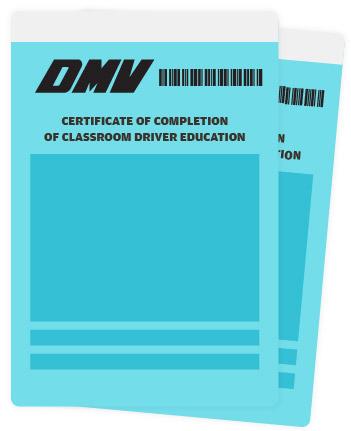
Cell phones remain one of the top self-inflicted driving hazards

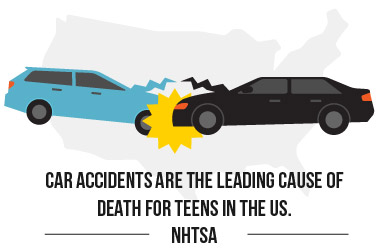
Adverse weather conditions are responsible for more than 1.5 million accidents a year, resulting in well over 7400 annual fatalities.
Alcohol-related roadway deaths total at 10,839 fatalities per year, accounting for 32% of all traffic deaths. Drowsiness behind the wheel accounts for 17% of all traffic deaths. Road rage causes 13,000 accidents and 200 fatalities per year.2
These shocking statistics may help you to appreciate the need for
driver’s education before receiving a license Collision rates for teens in texas vs driver ed in a box® graduates
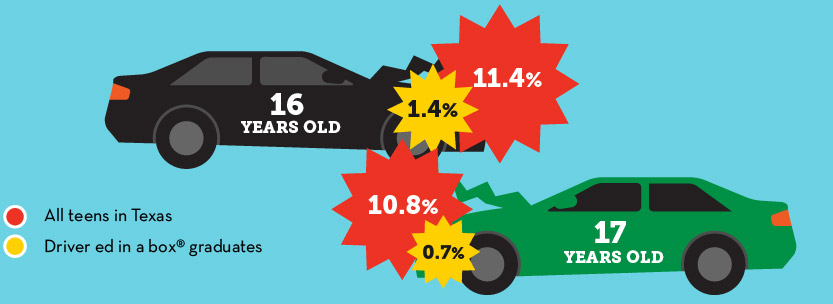
Driver’s Ed can help you to feel comfortable behind the wheel to reduce your risk of an accident.

Driver’s Ed can ensure that you understand and follow all traffic laws to protect other drivers.
As such, Driver’s Ed can even save you money on the cost of pricey auto insurance, with national averages estimated at $1567; accidents and tickets quickly spike car insurance rates, especially for new drivers. The DMV provides specific requirements for Driver’s Ed by state.
For example, in the state of California, you must complete state-approved Driver’s Ed and pass a written exam to receive a provisional driving permit from the ages of 15½5 to 18 years old. A complete list of Driver’s Ed requirements by state can be found at DMV.org.
Driver’s education in California includes 30 hours of classroom instruction and six hours of behind-the-wheel training.
After a permit is obtained, 50 hours of supervised driving behind-the-wheel are required before receiving a license. Prices may vary, though a California Standard Driver’s Education Course is estimated at $69.95. All-inclusive driving schools can cost as much as $800.

Driver’s Ed Teaches Students:
-
Safe, defensive
driving habits -
Important traffic laws and
road rules. -
How to safely operate a
motor vehicle. -
How to safely share the road with
other drivers, motorcyclists,
bicyclists, and pedestrians. -
How to safely handle a motor
vehicle in an emergency or in poor weather conditions.
Driver’s Ed is designed to help new drivers legally obtain a driver’s license. A driving safety course like Driver’s Ed may also benefit mature drivers to lower car insurance rates.
Driver’s Ed is critical for roadway preparedness and to protect public safety. Before enrolling yourself or your teen in a driver’s education course, it’s important to understand that quality matters.
According to a recent AAA review of Driver’s Ed programs in local schools, school-sponsored programs may need some work. Today’s Driver’s Ed school programs are often low-budget and low-quality as a number of schools have cut funding.
Poor quality driver’s education does nothing to improve roadway safety, especially among high-risk teen drivers.
AAA spokesperson Tom Crosby adds his insight,

“We are killing too many kids because they have not been taught correctly.”
While the statistics look bleak, the takeaway is this:
A lack of driver’s education, or low-quality driver’s education, can lead to higher accident rates and fatalities. Use the guidelines below to select a fully-equipped Driver’s Ed program before you hit the road.
20 Things You’ll Learn in Driver’s Ed
Most driver’s education classes are split up into separate units to break down important information, with quizzes at the end of each chapter. In most courses, you must earn at least a 70% in order to pass and move on to the next unit.
At the end of all combined units in the class, you will be presented with a final exam, which may also require a 70% score to pass.
Most training courses allow you to take quizzes and final exams multiple times in order to pass successfully.
Here are the top 20 points you’ll cover in your driver’s education class:4,5
Current Driving Laws:
New traffic laws are continually coming into effect. For example, the Three Feet for Safety Act mandates that a driver must pass a bicyclist at no less than 3 feet, unless traffic or roadway conditions prohibit, as of September 16, 2014, in California. Staying up-to-date on all new traffic laws is your responsibility as a driver.


State Driver’s License Information:
Any driver on a public roadway or in a public parking facility must have a valid driver’s license, though specific requirements will vary by state. New residents to a state may be required to apply for a new driver’s license within 10 days. Licenses are available in multiple classes, ranging from the standard class C driver’s license to a specialty Motorcycle Class M1 license.
Driving Exam Process:
In order to receive a driver’s license after taking Driver’s Ed, an official DMV exam must be completed and passed. A driver’s license exam may vary by state and can include a vision test, a traffic laws and road signs test, a behind-the-wheel driving test, and specialty tests for minors’ permits. Once received, a driver’s license must be renewed before its expiration date with regular address changes, where applicable.


How to Keep Your License:
Multiple or serious traffic violations could result in the loss of a license at any time. A suspended license may be taken away for a set time period; a revoked license will be canceled; license compliance may be required through the court or DMV if your driver’s license is under suspension or revocation.
Owning a Vehicle:
To legally own a vehicle, you must possess the vehicle title and register the car through the state. Proof of ownership will be provided through a registered dealer; proof of insurance must be obtained through your insurance company after purchasing vehicle liability insurance at a minimum. Vehicles must be inspected by the state within 30 days of transfer or sale before they can be driven legally.

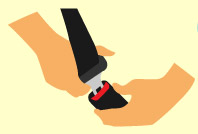
Motor Vehicle Safety Features:
Every driver must be well-versed in basic to advanced motor vehicle safety features, including seat belts, child restraint systems, and air bags. Since more than 50% of all traffic fatalities occur within 25 miles of home, seatbelts are important and mandatory, even when driving short distances.
Traffic Control Basics:
Traffic signals can be confusing and overwhelming at first glance. All drivers must understand traffic control basics, including a solid red light, red arrow, flashing red light, solid yellow light, yellow arrow, flashing yellow light, flashing yellow arrow, solid green light, green arrow, and traffic signal blackout.

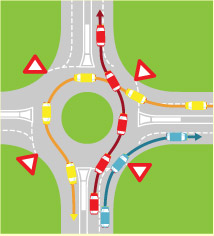
Roadway Laws and Rules:
The majority of accidents can be prevented by understanding important roadway rules, including right-of-way, pedestrian safety, crosswalk traffic, intersection and roundabout traffic, speed limits, railway track laws, and mountain road safety.
Visual Awareness While Driving:
Before driving on any road and in any condition, a driver must conduct a thorough visual search—to include scanning, assessing the road ahead, watching for hazards, checking all sides of the vehicle, and avoiding tailgating at all costs.

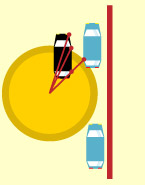
How to Maintain Lane Control:
Drivers must safely stay in their lane, except when changing lanes or passing. A solid yellow line used for two-way traffic cannot be passed; a broken yellow line in the driver’s lane allows for passing.
How to Turn:
Legal left turns, right turns, and U-turns require extensive hands-on practice. Turns are never permitted against a red arrow.

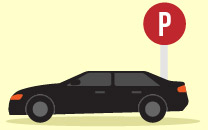
How to Park:
Parallel parking and parking on a hill also require extensive practice; parallel parking mandates a space at least 3 feet longer than your vehicle.
Safe Driving Practices:
Skilled signaling, steering, and headlight, horn, and emergency signal use are vital to drive safely on any roadway.
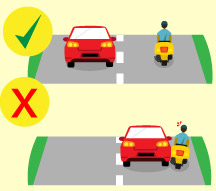

Vehicle Positioning on the Road:
Maintaining a safe following distance at all times can greatly reduce the risk of a serious or even fatal accident; a vehicle should never come to a complete stop before merging into highway traffic.
How to Share the Road:
Drivers need practice to maintain constant awareness when sharing the road with large trucks, RVs, buses, trolleys, light rails, emergency vehicles, motorcycles, bicycles, and pedestrians.
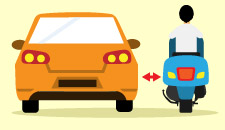

Special Driving Situations:
Additional training for special driving situations includes driving in heavy traffic, around curves, at high speeds, and in inclement weather conditions with water on the road.
How to Handle Driving Emergencies:
Hands-on practice can train drivers to safely navigate water, ice, and snow on the road; drivers must also learn how to react correctly during a vehicle malfunction, such a stuck accelerator.


How to Maintain Driver Readiness:
All drivers must have good vision and hearing, be alert, and refrain from taking medication that induces drowsiness. Never mix medications under any circumstance, unless directed by a doctor.
Alcohol and Drug Use:
Excessive alcohol and drug use behind the wheel is prohibited and will result in a loss of license. The legal blood alcohol content in all states is .08 for drivers over the age of 21.


What to Do in a Traffic Accident:
In the unfortunate event that you are in a car crash, you must stop and stay at the scene of the accident to wait for police to arrive. To keep traffic moving, try to pull to the side of the road and wait for help.

slippery
when wetmerging
trafficdivided
highwaysharp
turntwo way
trafficlane ends
end divided
highwaytraffic signal
aheadpedestrian
crossingadded
lanecrossroad
stop
ahead
yield
aheadcurve
“T”
intersectiondirectional
arrowreverse
turnwinding
road
A driver’s education program is informative, but it isn’t all-inclusive. Here are 10 things Driver’s Ed won’t cover:
How to drive a manual transmission.
Today, fewer than 10% of cars are sold with a clutch.
How to parallel park a car.
Technology strikes again! Parallel parking will be covered in Driver’s Ed but may not be taught hands-on—many cars can now parallel park themselves.
How to provide CPR at the scene of an accident.
A separate CPR certification is needed to provide emergency roadside assistance.
How to change a tire.
This is a problem most drivers take for granted; Driver’s Ed may be educational, but it won’t teach you how to change a busted tire on the side of the road during rush-hour traffic.
How to handle a car in a winter storm.
While these principles are taught in Driver’s Ed, most cars are equipped with anti-skid technology to regulate vehicle control for you.
How to practice headlight etiquette.
Newer headlights can be left on “auto” throughout a drive for convenience; it’s still necessary to turn down bright headlights when passing to avoid blinding an oncoming driver.
How to remain calm in an emergency.
Unfortunately, this is something that can only be taught through real-life experience.
How to use tech-forward features and smart car controls.
It’s not possible for Driver’s Ed to cover all the new bells and whistles manufactured in modern cars.
How to buy car insurance.
Most new drivers are completely unaware of the need to compare multiple insurance providers to find the cheapest rate.
How to use your brakes to their fullest potential.
Let’s hope that you never find yourself in a situation where you have to slam on the brakes full stop. Even so, brakes are much more sensitive and powerful than most drivers realize.

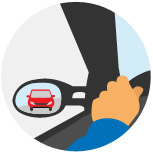
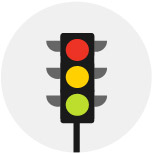
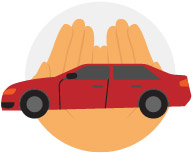
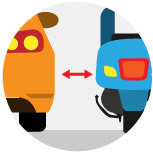

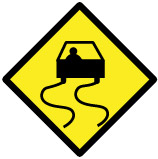 slippery
slippery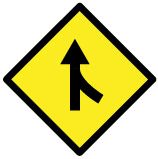 merging
merging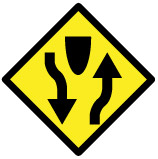 divided
divided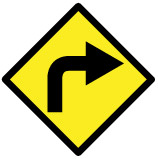 sharp
sharp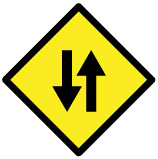 two way
two way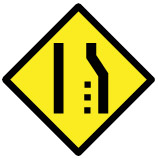 lane ends
lane ends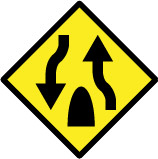 end divided
end divided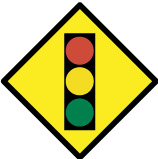 traffic signal
traffic signal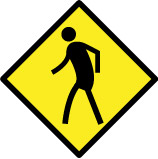 pedestrian
pedestrian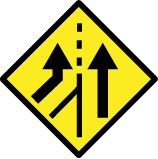 added
added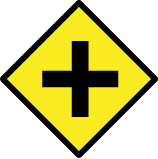 crossroad
crossroad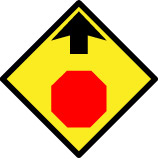 stop
stop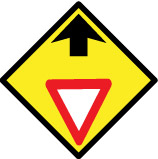 yield
yield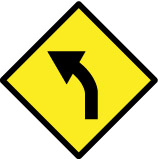 curve
curve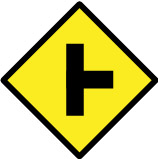 “T”
“T”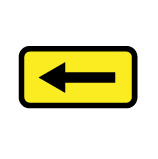 directional
directional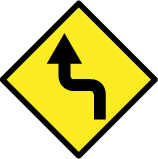 reverse
reverse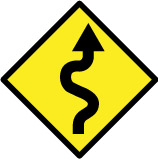 winding
winding